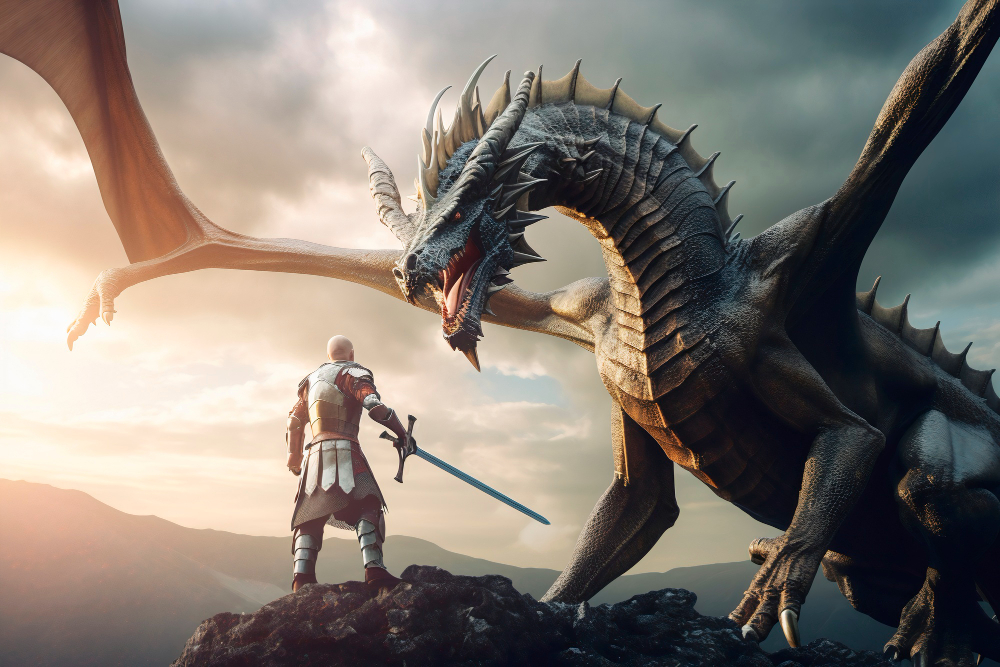Moving from 2D to 3D design is a big change in how we see and work with pictures. In the past, artists could only create things with width and height on a flat surface. However, with the advent of 3D technology, a new dimension – depth – was introduced, revolutionizing the creative landscape. This transition is a game-changer for creativity. It breaks the limits of traditional design, creating a world full of exciting possibilities and making experiences more dynamic and immersive.
This blog will explain the transition from 2D to 3D, with a specific emphasis on the process of creating 3D models from 2D images. We’ll explore the tools, methods, and ways to use these creations, making it a complete guide for both beginners and experienced creators.
Understanding 2D and 3D Design
2D design refers to creating visual pieces with only width and height, lacking depth. It is the most common type of graphic representation used in paintings, photography, and most computer graphics. To express its message or narrative, 2D design largely relies on shapes, lines, and colors.
3D design introduces the element of depth, adding a z-axis to the traditional width and height. This design style replicates how humans view our surroundings, delivering a sense of realism and spatial awareness. 3D design is the production of objects that can be viewed from numerous perspectives.
Importance of 3D Designs in Various Industries
3D designs have become essential in a variety of industries. The effect of 3D visualization is evident, from entertainment and games to manufacturing and healthcare. 3D designs not only boost the aesthetic appeal of products and content, but they also help to greater understanding, prototyping, and communication. Beyond mere aesthetics, 3D designs are a catalyst for innovation, providing consumers and professionals with a richer and more engaging experience.
Key Differences Between 2D and 3D Designs
Dimensionality: While 2D designs are confined length and width, 3D designs incorporate the depth, providing a more realistic and dynamic representation.
Perception of Space: 2D designs lack depth perception, often appearing flat. In contrast, 3D designs create a sense of depth, allowing viewers to perceive space, distance, and relative positioning.
Realism and Interaction: 3D designs bring a more realistic feel, allowing creators to mimic real-world situations. This heightened realism boosts viewer engagement, proving especially valuable in industries like architecture, gaming, and product prototyping where accurate representation is key.
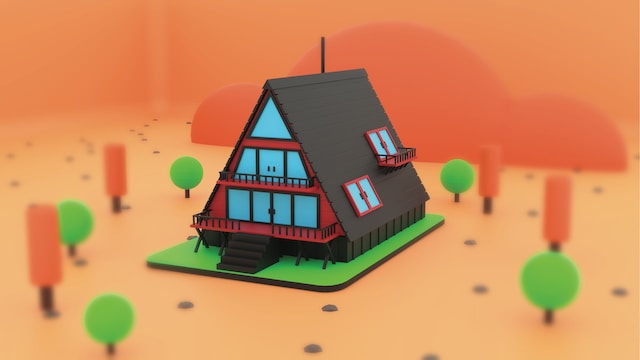
Tools and Software for 2D to 3D Conversion
Popular 3D Modeling Software
2D to 3D conversion requires the right set of tools, and the first step is acquainting us with the leading 3D modeling software.
Blender: Blender stands as a versatile and open-source 3D creation suite, equipped with powerful modeling, sculpting, and rendering capabilities.
Autodesk Maya: Widely employed in the film and animation industry, Autodesk Maya is renowned for its advanced animation and simulation tools.
ZBrush: For those focusing on intricate details and digital sculpting, ZBrush excels with its unparalleled capabilities.
Overview of Tools Specifically Designed for Converting 2D Images to 3D Models
As the demand for transforming 2D images into dynamic 3D models grows, specialized tools have emerged to streamline this process.
Adobe Dimension:
A part of Adobe’s Creative Cloud suite, Adobe Dimension facilitates the seamless integration of 2D and 3D design. It simplifies the creation of realistic 3D scenes, making it an excellent choice for graphic designers looking to elevate their visual storytelling.
3daily – Fuelled by Generative AI:
Introducing 3daily, a platform that leverages Generative AI technology to redefine 2D to 3D conversion. Tailored for Game Studios, Indie Developers, and 3D Content Creators, 3daily offers a specialized 2D to 3D Model Generator. This tool accelerates creativity by transforming 2D images into immersive 3D models, unlocking new dimensions of design possibilities.
Comparative Analysis of Available Options
Selecting the right tool for 2D to 3D conversion is important:
Ease of Use: Blender and Autodesk Maya boast extensive features but may have steeper learning curves. Adobe Dimension, on the other hand, provides a user-friendly interface for those transitioning from 2D design to 3D.
Specialization: ZBrush shines in sculpting and detailed work, while 3daily specializes in efficient 2D to 3D conversion, particularly beneficial for quick and high-quality results.
Cost and Accessibility: Blender’s open-source nature makes it cost-effective, while Adobe Dimension and Autodesk Maya operate on subscription models. 3daily offers a unique platform, with accessible pricing plans catering to diverse user needs.
Step-by-Step Guide: Creating 3D Models from 2D Images
Preparing the 2D Image for Conversion
Before venturing into the world of 3D, make sure your 2D image is ready for the transformation. Begin by choosing a high-resolution image to capture fine details. Remove all unnecessary aspects from the image, focusing on the subject you want to transform. Changing the brightness, contrast, and color saturation of the finished 3D model can help improve its clarity.
Choosing the Right Software/Tool for the Conversion
The software or tool you use has a big impact on the outcome of your 2D to 3D conversion. Examine the requirements of your project, your knowledge with the software, and the unique features it provides. Blender or Autodesk Maya may be perfect for those looking for variety, whilst 3daily’s Generative AI technology may be a game changer for those looking for specialized 2D to 3D conversion.
Step-by-Step Process of Creating a 3D Model from a 2D Image
Importing the Image: Begin by importing your prepared 2D image into the chosen software. Ensure the software recognizes the image format and displays it accurately in the workspace.
Setting Dimensions:
Adjust the dimensions of your project to match the desired scale of your 3D model. This step is crucial for maintaining proportionality and realism in the final output.
Creating a Base Structure: Use the 2D image as a reference to start building the basic structure of your 3D model. This involves creating the primary shapes and outlines to form the foundation.
Extruding and Sculpting: Extrude the 2D shapes into the third dimension, sculpting and refining as you go. This step adds depth and volume to your model. Pay attention to fine details, ensuring accuracy in the transition from 2D to 3D.
Adding Textures and Details: Enhance your 3D model by incorporating textures and finer details. This step brings your creation to life, making it visually compelling and true to the original 2D image.
Adjusting Lighting and Rendering: Proper lighting is essential for showcasing the nuances of your 3D model. Experiment with different lighting setups and, once satisfied, proceed to the rendering phase. This step transforms your digital creation into a visually stunning representation.
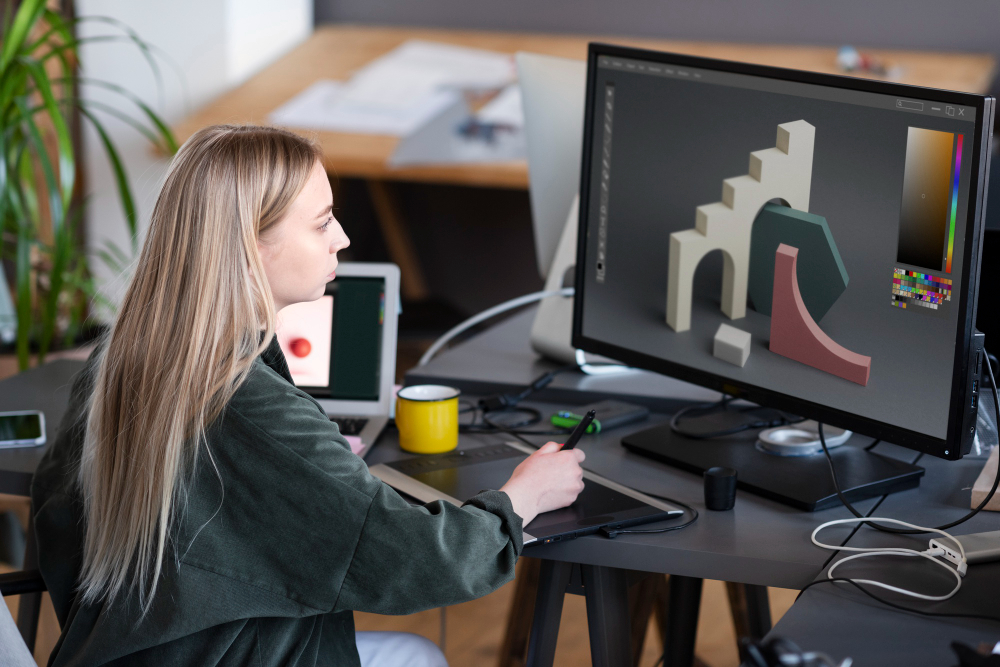
Applications of 3D Models Created from 2D Images
The versatility of 3D models extends far beyond mere visual aesthetics, finding application in various industries and creative endeavors. Let’s explore some of the key applications that showcase the transformative power of converting 2D images into immersive 3D experiences.
3D Character Design for Animation and Gaming
The realm of animation and gaming relies heavily on compelling characters that capture the audience’s imagination. Converting 2D character concepts into detailed 3D models brings them to life in ways previously unimaginable.
Tips for Creating Animated Characters in 3D
Emphasize Fluidity: In 3D animation, smooth and natural movements are crucial. Pay attention to the rigging and skeletal structure of your characters to ensure seamless animation.
Expressive Facial Features: Leverage the third dimension to convey nuanced expressions. Well-crafted facial animations can significantly enhance the emotional impact of your characters.
Techniques for Game Character Design in 3D
Consider In-Game Dynamics: Design characters with the game environment in mind. Ensure they fit seamlessly into the game world, both visually and functionally.
Optimize for Performance: Game character models need to be optimized for real-time rendering. Strike a balance between visual detail and performance to ensure a smooth gaming experience.
3D Product Design for Prototyping
For industries involved in product development, 3D modeling serves as a powerful tool for prototyping and design iteration. Converting two-dimensional conceptions into three-dimensional prototypes allows for a more thorough grasp of the product’s design and functionality. This not only speeds up the development process, but also allows for more efficient testing and refining, resulting in high-quality and unique goods.
Creating 3D Assets for Virtual Environments
Virtual environments, whether for simulation, training, or entertainment, benefit from intricately designed 3D assets. Converting 2D photos into 3D assets enhances virtual environments, making them more visually appealing and immersive. These painstakingly designed assets improve the entire user experience by adding realism and interest to virtual scenes, whether in educational simulations or immersive gaming environments.
3D Modeling for 3D Printing
The intersection of 3D modeling and 3D printing has revolutionized the manufacturing landscape. The ability to convert 2D images into precise 3D models opens up new possibilities for prototyping, customization, and small-scale production.
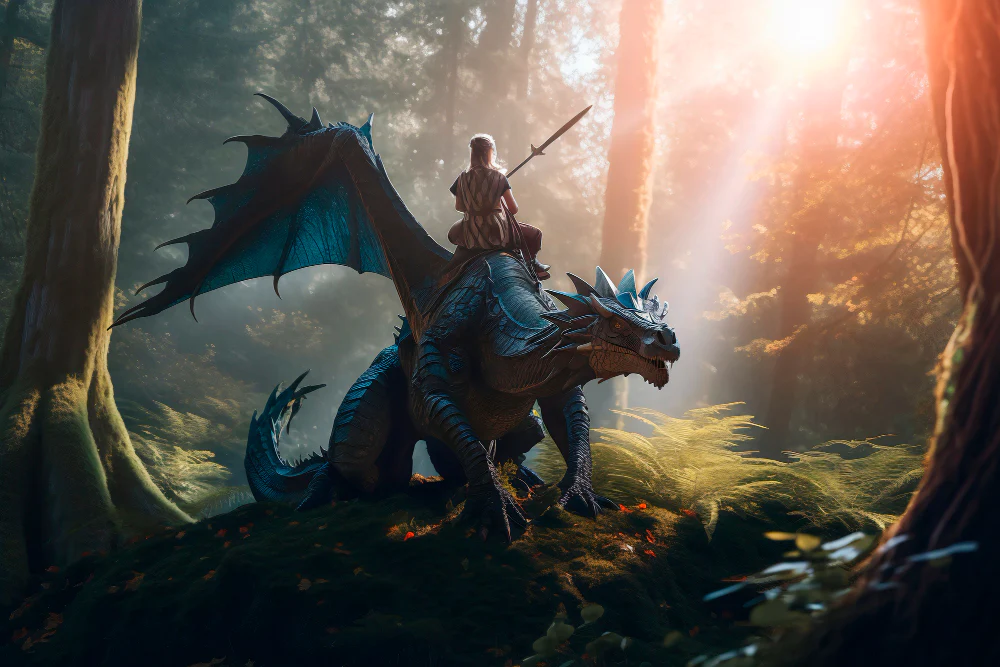
Using 3D Modeling for 3D Printing Purposes
Customization and Personalization: 3D printing allows for the creation of highly customized products. Convert 2D designs into detailed 3D models for personalized items ranging from accessories to prototypes.
Iterative Prototyping: Designers can rapidly iterate and prototype by converting 2D concepts into 3D models, speeding up the product development cycle.
Importance of Accurate 3D Models in 3D Printing
Precision in Printing: Accurate 3D models are essential for achieving precision in the 3D printing process. Minor discrepancies in the digital model can result in significant variations in the printed product.
Material Optimization: With accurate 3D models, designers can optimize the use of materials, reducing waste and enhancing the cost-effectiveness of the 3D printing process.
Challenges in 2D to 3D Conversion
Loss of Detail: Converting a 2D image to 3D can sometimes result in a loss of finer details, especially when dealing with intricate textures or subtle nuances in the original image.
Complexity of 2D Images: Images with complex structures or unconventional perspectives may present difficulties in the conversion process, requiring additional effort to capture the essence of the original.
Tips for Overcoming Obstacles and Improving Efficiency
Use High-Quality Reference Images: Begin with a high-resolution and detailed 2D image as your reference. This ensures that you have a clear and accurate representation to work from, minimizing the risk of losing essential details.
Understand the Software/Tool: Mastery of the chosen 3D modeling software or tool is key. Invest time in learning its features, shortcuts, and capabilities to navigate the challenges more efficiently.
Gradual Complexity Build-Up: Start with the basic structure before moving to finer details. This step-by-step approach helps manage complexity, ensuring that each aspect of the 3D model aligns with the original 2D image.
Regular Testing and Iteration: Periodically test your 3D model to identify and address potential issues early in the process. Iterative testing allows for continuous improvement and reduces the chances of encountering major challenges later on.
Future Trends in 2D to 3D Conversion
Emerging Technologies in the Field of 3D Modeling
Generative Adversarial Networks (GANs): GANs, a form of artificial intelligence, have shown promise in automating aspects of 2D to 3D conversion. These systems can analyze patterns and generate 3D structures based on 2D images, potentially streamlining the conversion process.
Real-time Rendering: Advancements in real-time rendering technologies are making it possible to preview 3D models instantaneously. This trend enhances the efficiency of the design process and facilitates quicker decision-making.
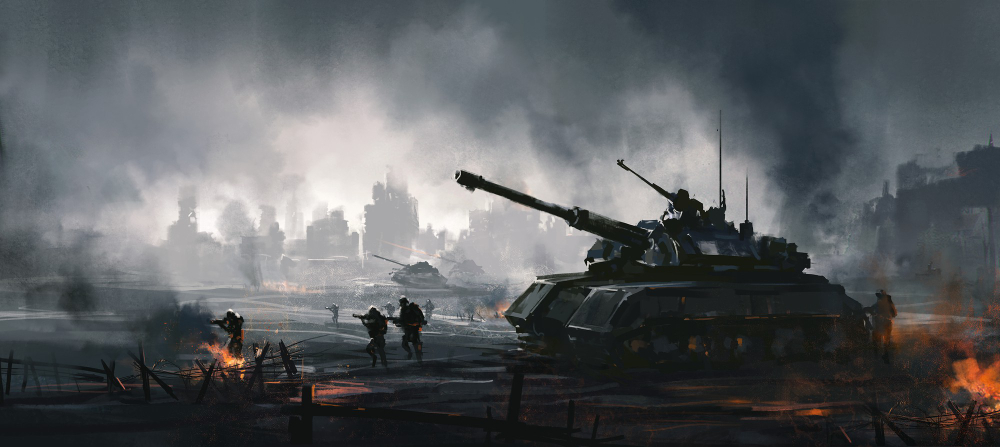
Anticipated Advancements and Their Potential Impact
Improved AI-assisted Workflows: As AI technologies evolve, we can expect more sophisticated tools that assist artists in the 2D to 3D conversion process. These tools may offer automated suggestions for depth and perspective, reducing manual labor.
Holographic Displays: The integration of holographic displays into design workflows could revolutionize how 3D models are created and visualized. Designers may have the ability to interact with 3D models in a more immersive manner, enhancing precision and creativity.
Wrap up
In the long run, the transition from 2D to 3D represents a dramatic growth in design and creative expression. The conversion process opens up a world of possibilities, allowing for richer visual experiences in a variety of industries. When it comes to the future of 2D to 3D conversion, unique technologies like 3daily stand out. 3daily is a technological platform powered by Generative AI that enhances the creative powers of Game Studios, Indie Developers, and 3D Content Creators. 3daily, which provides a 2D to 3D Model Generator, opens up new doors for efficient and inventive 3D model production, reflecting the current improvements in the dynamic field of 3D modeling.

